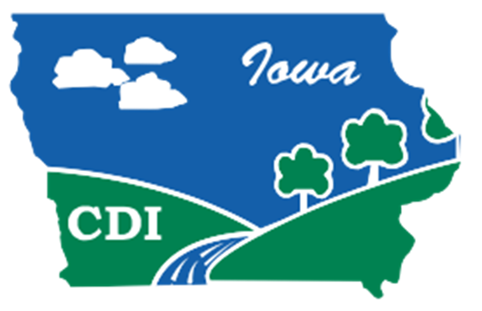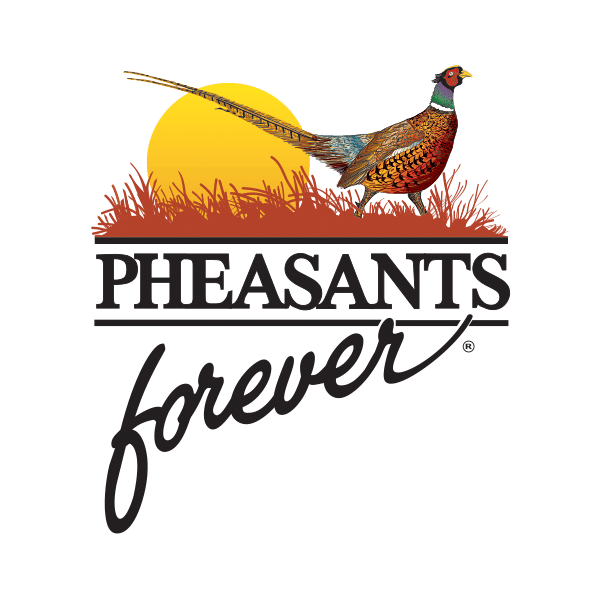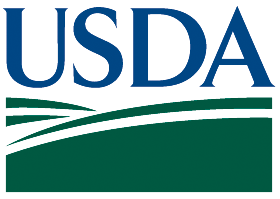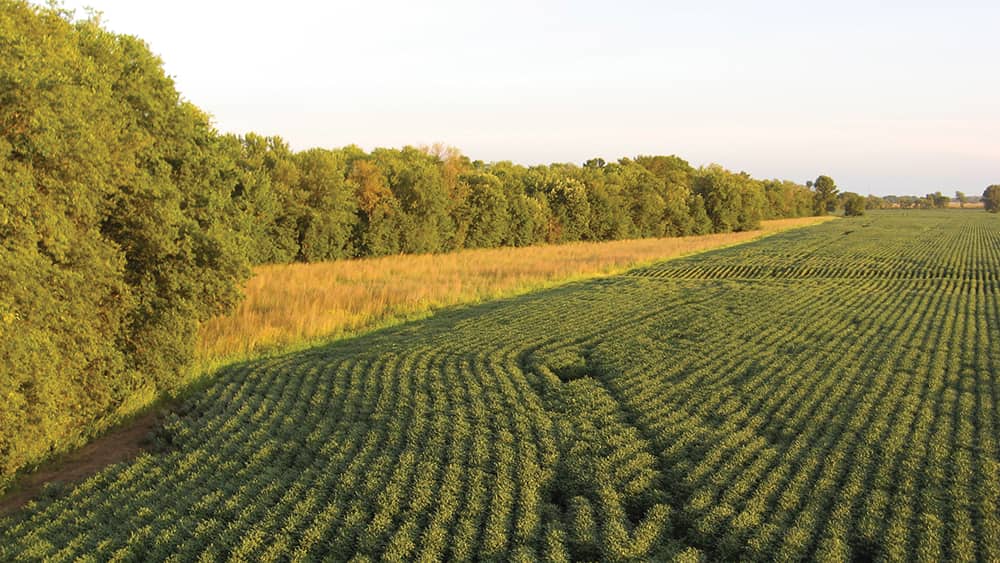
Enhance farmer profitability AND water quality by combining precision ag, conservation and business planning tools.
This project helped farmers and agronomists identify areas of fields that could be more profitable if used with conservation practices using comparative field images.The Iowa Agriculture Water Alliance (IAWA) and five partners used new business planning tools in the North Raccoon, Des Moines, Boone, Lake Red Rock, Floyd, Nishnabotna, Skunk, Upper Cedar, and Middle Cedar River basins to achieve increased farmer profitability and improved water quality. Partners were Heartland Co-op, AgSolver, Iowa Soybean Association Environmental Programs and Services and Pheasants Forever, with the assistance of the Natural Resources Conservation Service.
Low-yielding money robbers are hiding in every field. Every farmer knows them—the wet spots turned to dried mud or weeds by harvest, the less obvious patches where a yield monitor plunges as the combine moves across them. Now farmers and conservation experts have an eye on those spots as potential areas to improve profitability and water quality.
Until a few years ago, Tim Recker who farms near Arlington, Iowa, wasn’t considering using a more precise way of farming. Now he’s part of a trend toward using precision technology to analyze exactly how much money is lost or made from each acre. In some cases, that leads to increased conservation practices for increased profitability.
Objectives
- Enhance farm profitability, habitat and improve water quality
- Improve conservation planning, delivery and adoption
- Demonstrate tools that can help producers optimize operations
Project Description
This project helped farmers and agronomists identify areas of fields that could be more profitable if used with conservation practices. The Iowa Agriculture Water Alliance (IAWA) and five partners used new business planning tools in the North Raccoon, Des Moines, Boone, Lake Red Rock, Floyd, Nishnabotna, Skunk, Upper Cedar, and Middle Cedar River basins to achieve increased farmer profitability and improved water quality. Partners are Heartland Co-op, AgSolver, Iowa Soybean Association Environmental Programs and Services and Pheasants Forever, with the assistance of the Natural Resources Conservation Service.
Potential Conservation Practices:
- Conservation Reserve Program
- Prairie STRIPS
- Nutrient management
- Extended crop rotations
- Conservation cover
Farmer Benefits:
- Ability to identify areas of fields that have a negative return on investment (ROI)
- Options to improve ROI in the identified areas
- Build relationships with leading edge professionals in precision
business planning
Expected Outcomes:
- Improved ROI
- Improved water quality
- Reduced sediment loads to streams
- Increased habitat
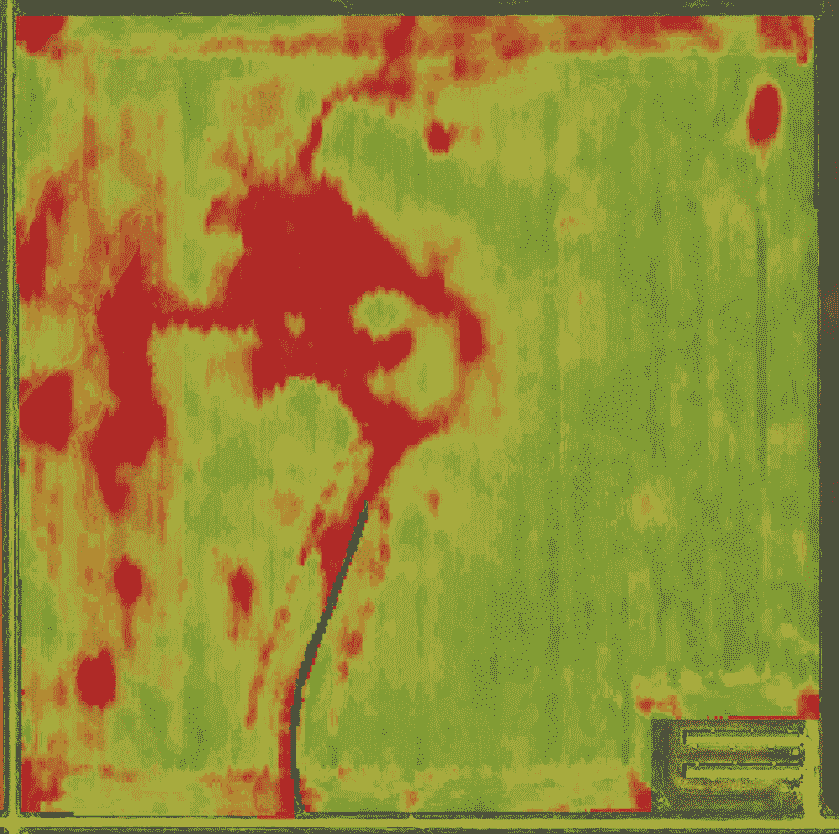
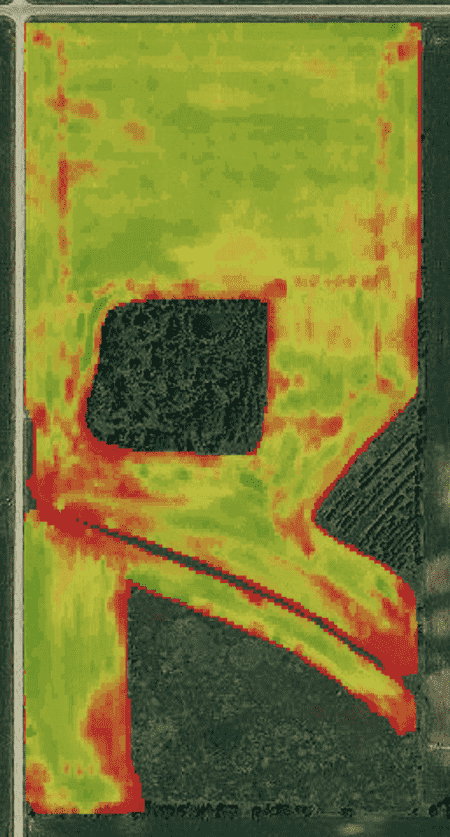
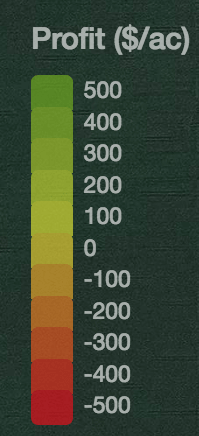
These types of comparative field images are helping farmers improve profitability. Precision ag technology shows field profit loss (red) and profitable (green) areas that farmers use to evaluate management options.
- 46 fields/tracts analyzed using precision ag/business planning tools
- 23 fields/tracts with completed conservation plans
- Habitat management: 500 acres under improved management
- Reduction of 1,000 pounds of nitrate load to streams (annually)
Terms Defined:
Business Planning: Conducting an analysis of input costs and returns using precision agriculture-based tools to identify areas of a field with low or negative ROI.
Conservation Planning: Conducting an evaluation of a field or tract that considers concerns of the producer, limitations of the soil, alternate approaches for negative ROI areas and documents decisions made on these fields or tracts.
Read: Precision Business Planning, Conservation and Profitability


